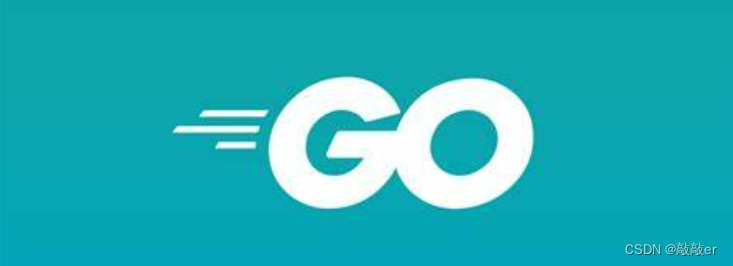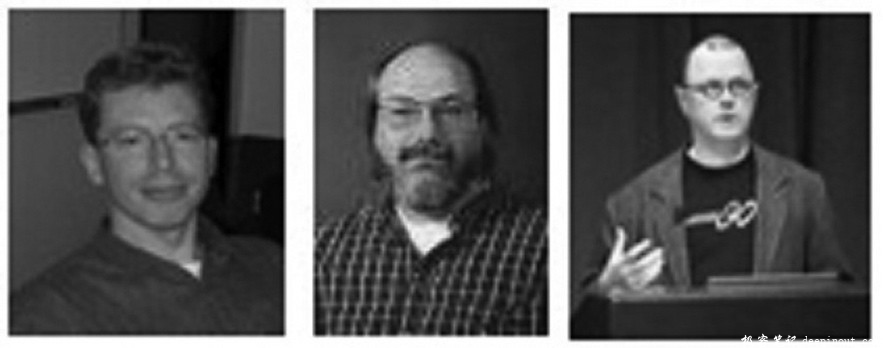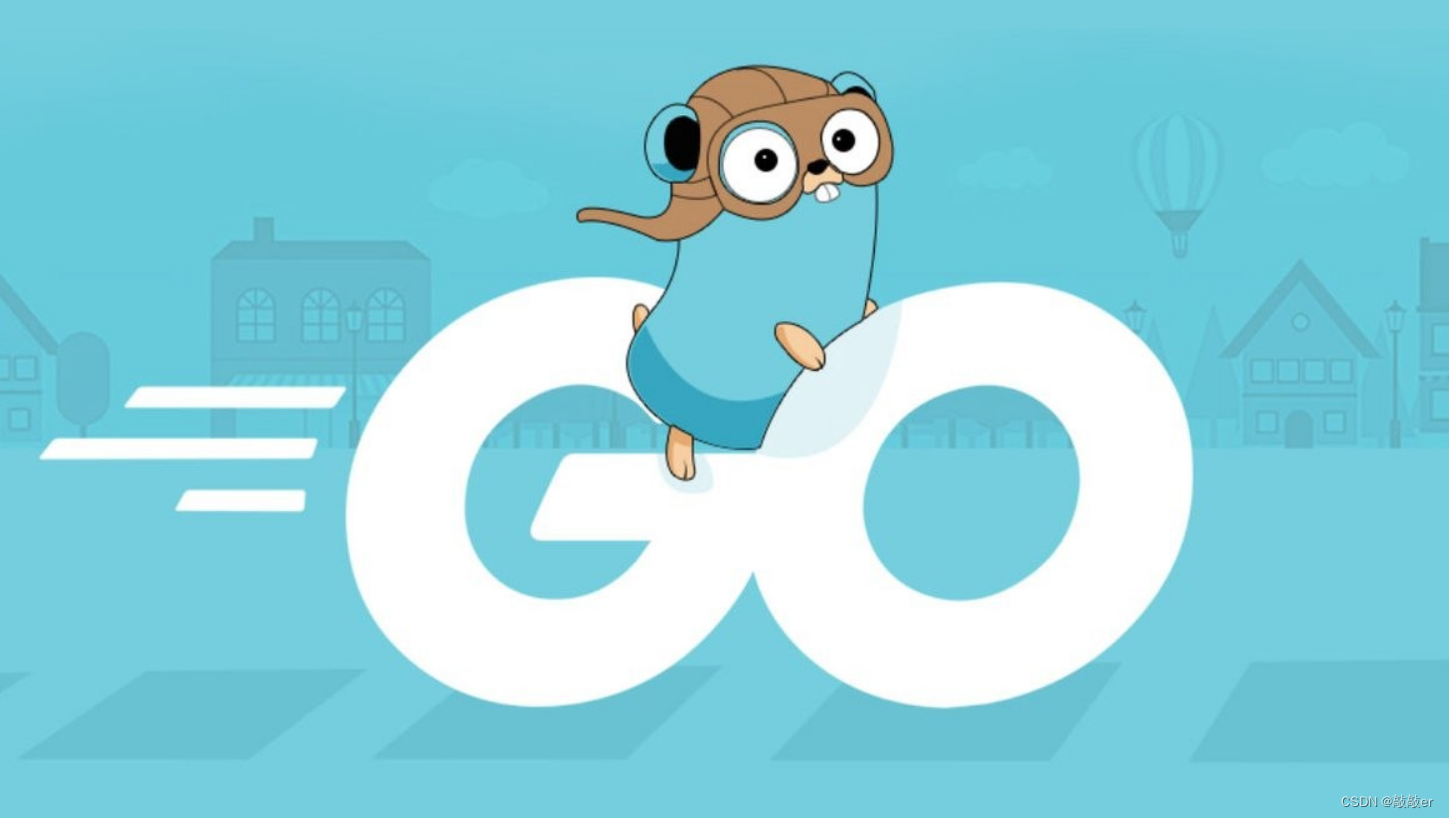Table of contents
Go language development timeline

The origin of Go
Go The language originated in 2007 and was officially released in 2009. It has been a 20% part-time project of Google since September 21, 2009, that is, relevant employees use 20% of their spare time to participate in the research and development of Go Work. The three leaders of the project are all well-known IT engineers: Robert Griesemer, who participated in the development of the Java HotSpot virtual machine; Rob Pike, the general manager of the Go language project Ken Thompson, a member of the Unix team at Bell Labs, and one of the founders of C language, Unix and Plan 9, with Rob Pike Co-developed the UTF-8 character set specification. Since January 2008, Ken Thompson has been developing a compiler targeting the C language to expand the design ideas of the Go language.
This is a golden team composed of the "fathers of invention" in the computer field. They have very deep insights into system programming languages, operating systems and parallelism.

Figure 1.1 Go language designers: Griesemer, Thompson and Pike
In mid-2008, the design work of the Go language was nearing completion, and some employees began to work full-time on the compiler and runtime implementation of the project. Ian Lance Taylor also joined the development team and created a gcc frontend in May 2008.
Russ Cox joined the development team and started developing the language and class library, which is the standard package of the Go language. On October 30, 2009, Rob Pike announced the existence of the Go language to people for the first time in the form of Google Techtalk.
Until November 10, 2009, the development team officially released the Go language project on the Linux and Mac OS X platforms under a BSD-style license (completely open source). Hector Chu announced the Windows version on November 22 of the same year.
As an open source project, the Go language relies on the vitality of the open source community to achieve rapid development and attract more developers to use and improve it. Since the open source project was released, more than 200 non-Google contributors have submitted more than 1,000 suggested changes to core parts of the Go language. Over the past 18 months, an additional 150 developers have contributed new core code. This forms the largest open source team in the world and puts the project into the top 2% of Ohloh . Around April 10, 2011, Google began to transfer employees to full-time development of the Go language project. Open source languages obviously allow more developers to participate and accelerate its development. Andrew Gerrand joined the development team in 2010 as a co-developer and supporter.
The Go language was declared the "2009 Programming Language Popularity Ranking" by Tiobe on January 8, 2010. "Language of the Year" has aroused great repercussions from all walks of life. The current highest record of the Go language in this ranking is the 13th place set in January 2017, with a popularity of 2.325%.
Go language development timeline
- September 21, 2007: Prototype design
- November 10, 2009: First public release
- January 8, 2010: Elected Language of the Year 2009
- May 2010: Google goes live
- May 5, 2011: Google App Engine supports Go language
Starting in May 2010, Google began to put the Go language into actual development of back-end infrastructure, such as developing projects for managing complex back-end environments. There is a saying that "eat your own dog food", which also reflects that Google really wants to invest in this language and believes that it has production value.
The official website of Go language is golang.org, this site uses Python serves as the front end, and uses the tool godoc that comes with the Go language to run on Google App Engine to serve as a Web server to provide text content. There is a function on the homepage of the official website called Go Playground, which is a simple editor sandbox for Go code. It can compile and run Go in your browser without installing the Go language. It provides some examples. These include the international convention "Hello, World!"
For more information, see github.com/golang/go. For details on bug tracking and feature expectations of the Go project, see github.com/golang/go/issues.
logo
Go shows its speed through the following logo and uses the Gopher as its mascot.
